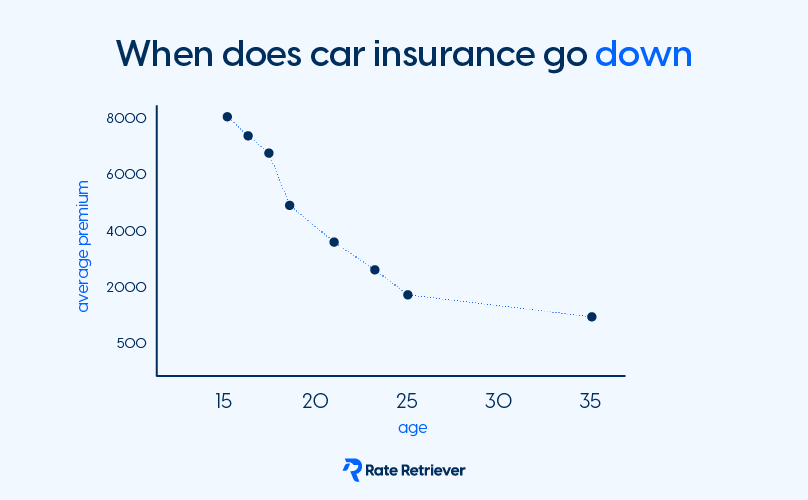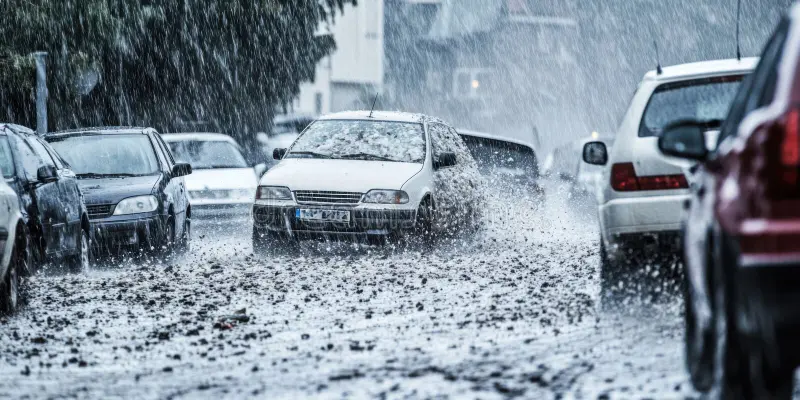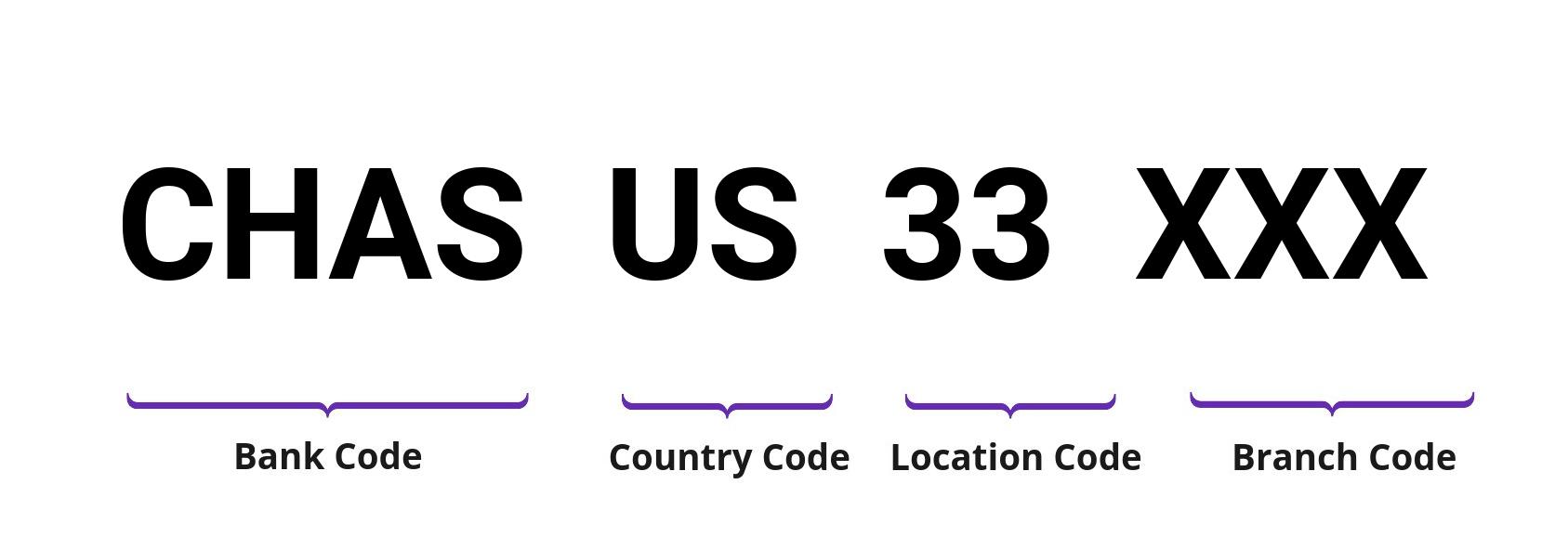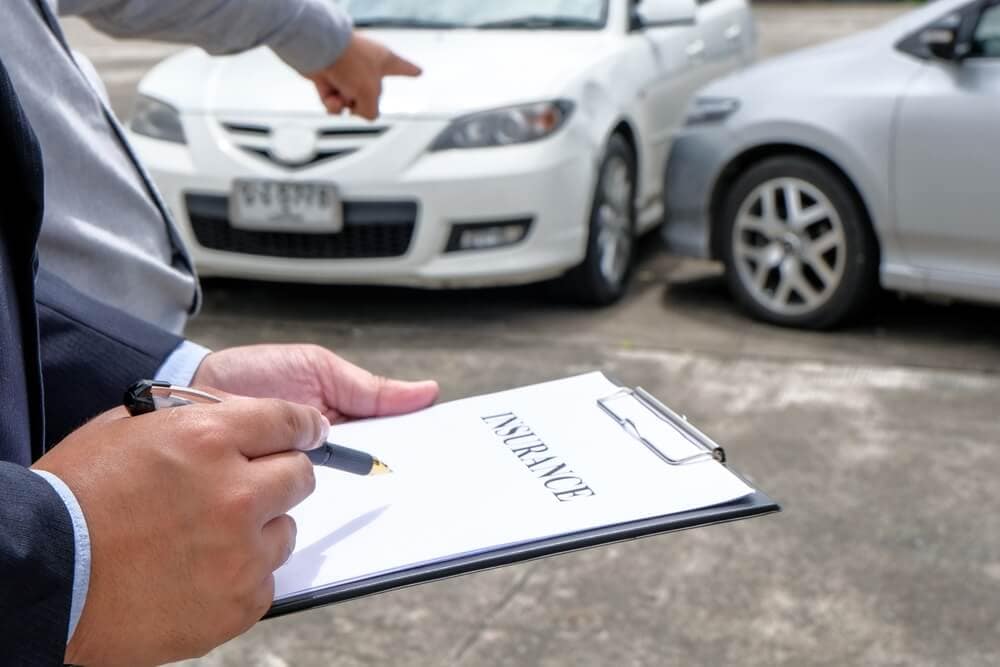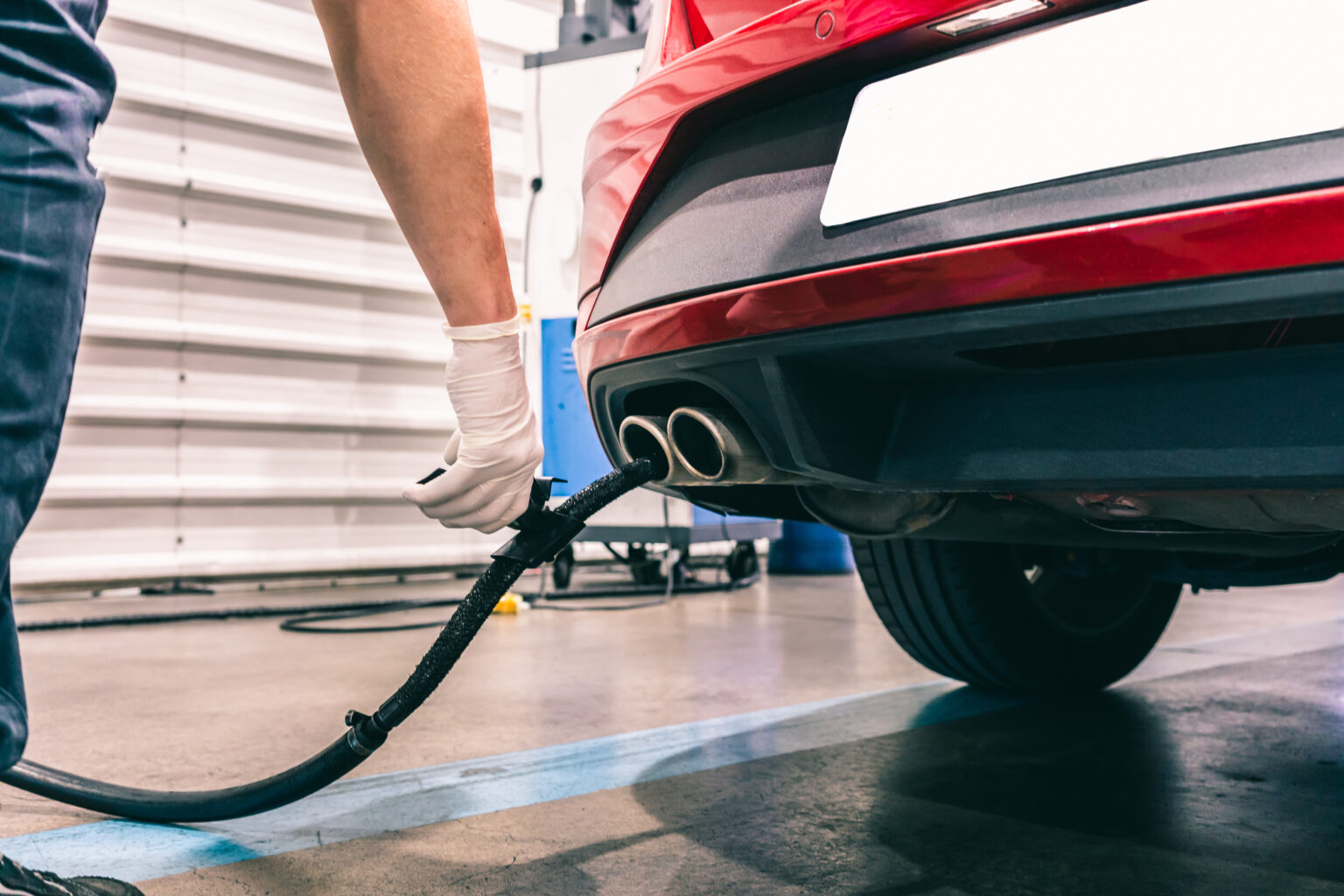If you’ve ever been told your car needs an emissions test (sometimes called an e-check), you might be wondering: What exactly are they checking, and why does it matter?
Simply put, an emissions test measures the pollutants coming out of your car’s exhaust to make sure they meet your state’s legal standards. These tests are designed to protect both air quality and public health by keeping harmful greenhouse gases in check.
Why Do Cars Need Emissions Testing?
Most states require emissions testing as part of the vehicle registration process. Think of it as a health check for your car — making sure it’s not releasing more pollutants than it should.
When you go in for a test, inspectors usually connect your vehicle to a diagnostic system using the OBD2 port (that little plug under your dashboard mechanics always use). For older vehicles that don’t have this port, your car may be placed on a dynamometer (basically a treadmill for cars), and a sensor is attached to the tailpipe to measure emissions directly.
👉 According to the EPA, vehicle emissions testing is a key strategy for reducing air pollution across the U.S.
What Do Emissions Tests Check For?
Your car’s exhaust can contain several pollutants, and emissions tests measure them to ensure they stay within safe limits. These may include:
- Carbon monoxide (CO) – A dangerous gas that can be harmful when inhaled.
- Carbon dioxide (CO₂) – The primary greenhouse gas contributing to climate change.
- Nitrogen oxides (NOx) – Known to cause smog and respiratory issues.
- Hydrocarbons (HCs) – Unburned fuel that contributes to smog.
- Sulfur dioxide (SO₂) – Can cause acid rain and respiratory problems.
- Benzene – A harmful compound linked to health risks.
- Oxygen levels – To ensure the exhaust mix is correct.
Some pollutants are monitored for their impact on human health, while others are tracked for their environmental impact.
What States Require Emissions Testing?
Not every state requires emissions testing, but more than 30 do — though requirements vary widely. Some states only test vehicles in certain counties or metro areas.
- California has the strictest emissions laws in the country, and many states model their rules after it.
- Other states, like Texas and New York, require emissions tests in specific regions only.
👉 You can check your state’s rules directly through your local Department of Motor Vehicles (DMV) or Bureau of Motor Vehicles (BMV).
How Do You Know If Your Car Needs an Emissions Test?
Typically, your registration renewal notice will let you know if an emissions test is required. The frequency varies depending on your location:
- Many states require testing every 1–2 years.
- Some newer or electric vehicles may be exempt.
If you’re unsure, check your state DMV website. For example, the California DMV provides detailed info on who needs a smog check and how often.
What Happens If Your Car Fails an Emissions Test?
Failing an emissions test doesn’t mean the end of the road for your car — it just means something needs fixing. Common reasons for failure include:
- Check engine light on – This is the most common cause. It could be something as simple as a loose gas cap or as serious as a faulty catalytic converter.
- Battery recently disconnected – Your car’s computer may not have enough data stored for inspection.
- Faulty OBD2 port (DLC issues) – If the inspector can’t connect to your car’s system, it can trigger a fail.
- Exhaust system problems – A broken catalytic converter or leaky exhaust pipe can cause failure.
- Ignition or fuel system issues – Misfires or bad sensors can increase emissions.
If your car fails, the testing center will usually give you a Vehicle Inspection Report with diagnostic codes. A trusted mechanic can interpret these and make the necessary repairs.
What If You Fail Twice?
If your car continues to fail even after repairs, you may still have options:
- Hardship waivers – Some states allow exemptions if repairs are too expensive.
- Repair cost limits – If you’ve already spent a set amount on repairs, you may qualify for a waiver.
- Vehicle-specific limits – Older cars with very high repair costs may qualify for exemptions.
👉 For example, the Ohio EPA E-Check Program outlines cost-based waivers and hardship exemptions for residents.
Does Failing an Emissions Test Affect Your Insurance?
Indirectly, yes. If your car can’t pass an emissions test, you usually can’t renew your registration. Without registration, you can’t legally drive your car — and if it’s not legal to drive, most insurance companies won’t cover it.
To keep your auto insurance active, it’s essential to fix any issues and retest your car as soon as possible.
Key Takeaways
- Emissions tests ensure your car isn’t releasing harmful pollutants.
- Requirements vary by state, but many require testing every 1–2 years.
- If your car fails, you’ll need to repair it before renewing your registration.
- Waivers may be available if repairs are too costly.
- Failing emissions can impact your registration and insurance status.
✅ Bottom line: An emissions test protects both the environment and your right to drive legally. If you get a notice that your car is due for one, don’t put it off. Staying compliant keeps you on the road — and helps keep the air cleaner for every








